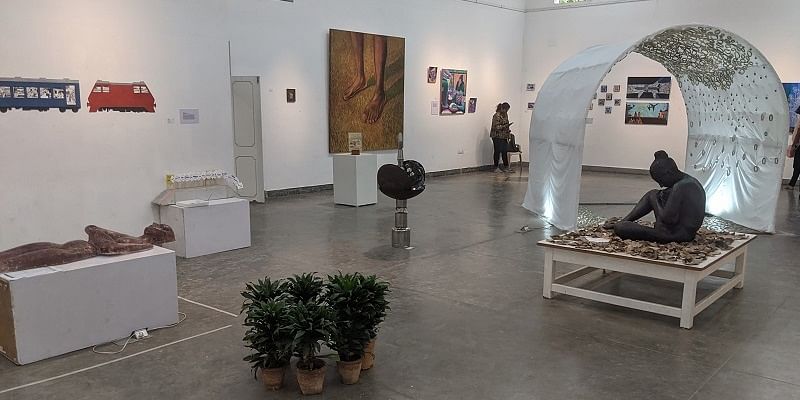Launched in 2014, PhotoSparks is a weekly feature from YourStory, with photographs that celebrate the spirit of creativity and innovation. In the earlier 695 posts, we featured an art festival, cartoon gallery, world music festival, telecom expo, millets fair, climate change expo, wildlife conference, startup festival, Diwali rangoli, and jazz festival.
Karnataka Chitrakala Parishath in Bengaluru regularly treats visitors with displays of art, photography, and crafts by established and emerging artists. See our coverage of its art exhibitions from 2015 onwards here.
In this photo essay, we share insights on creativity from seven emerging artists at the Drushyotsava exhibition: Kumaraguru Arasu, Aman Kumar, Vaishnavi Rao, Vidhi Lunia, Amrutha Pradeep, Deepesh Deepak Naik, and Pooja Gowda.
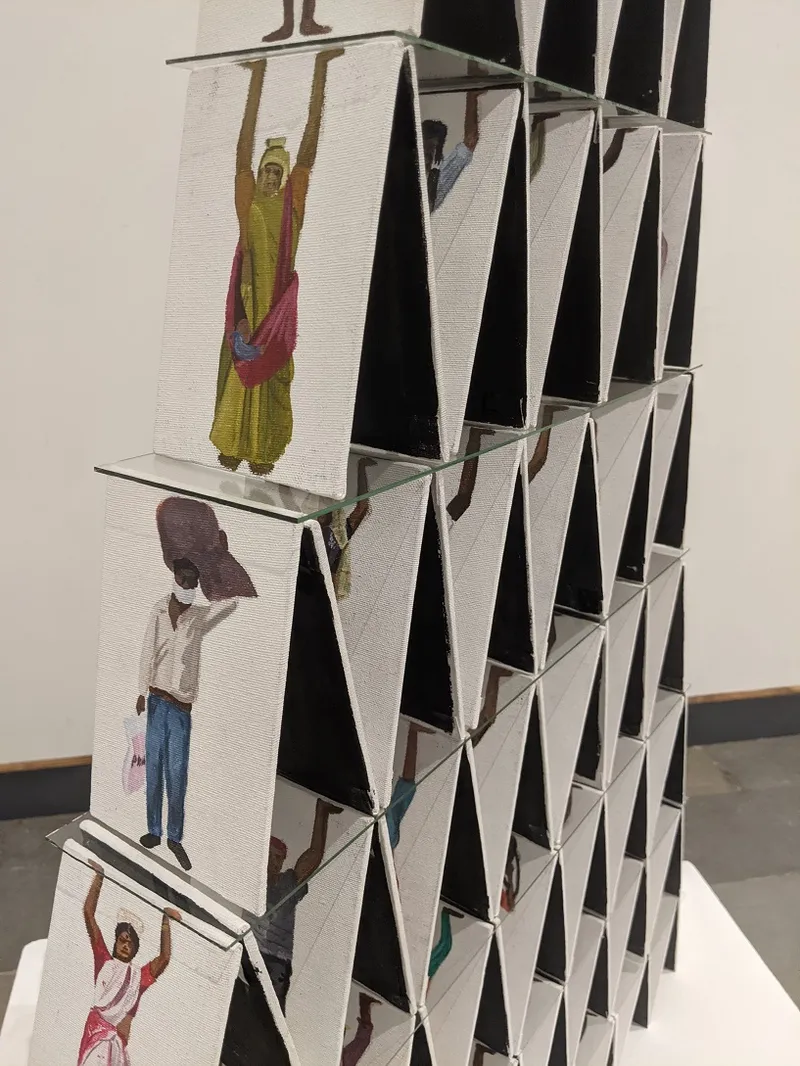
Meaning of art
Many artists view art as a reflection of their thoughts, documentation of their lives, expression of their emotions, or their critique of society.
“Art always provides me the freedom to imagine, re-visualise, interpret, and express my voice through the visual language. For me, art is a podium. Art opens my handcuffs and gives me the freedom to speak out loud,” explains Aman Kumar, in a chat with YourStory.
“Creating art is an input of various ideas, criticism, and experiences of people. For example, mentors plant a creative seed in individuals to create,” he adds.

Kumaraguru Arasu
Deepesh Deepak Naik presented three of his best works for the exhibition, based on body momouldingsing bandages and fibreglass. One of them used electronic waste materials like motherboards, routers, and CCTV cameras.
“To me, art encompasses the boundless power of human thinking and the rich tapestry of everything we see around us. Art defies limitations and expands the horizons of our imagination,” Vidhi Lunia affirms.
“Through art, we unlock the infinite potential of our minds, venture into uncharted territories, and convey our deepest truths,” she adds.
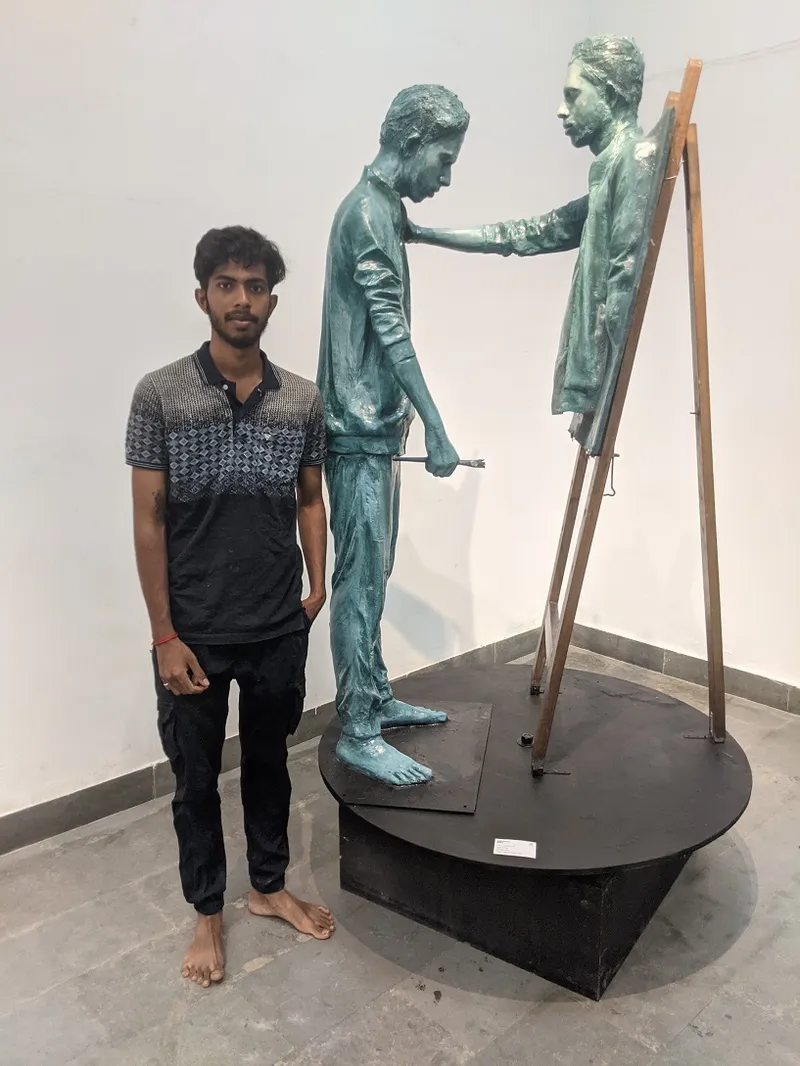
Deepesh Deepak Naik
“Over the years, art stands as a testament to the remarkable capacity of human thought to create, inspire, and revolutionise our perception of the world. Art captures the essence of our surroundings, celebrating the beauty, diversity, and interconnectedness of all that we observe,” Vidhi enthuses.
Her works are inspired by the delicate balance of nature, particularly microorganisms and humans. “Growing up in a Jain community, I was immersed in a culture that emphasised the significance of coexistence and the interconnectedness of all living beings,” she recalls.
Her artistic journey led her to explore this world of microorganisms. “I discovered that the spaces we occupy, which we often consider solely ours, are actually shared with a vast array of microbes that outnumber us significantly. This revelation sparked my interest in exploring the relationship between the visible and the invisible,” Vidhi explains.
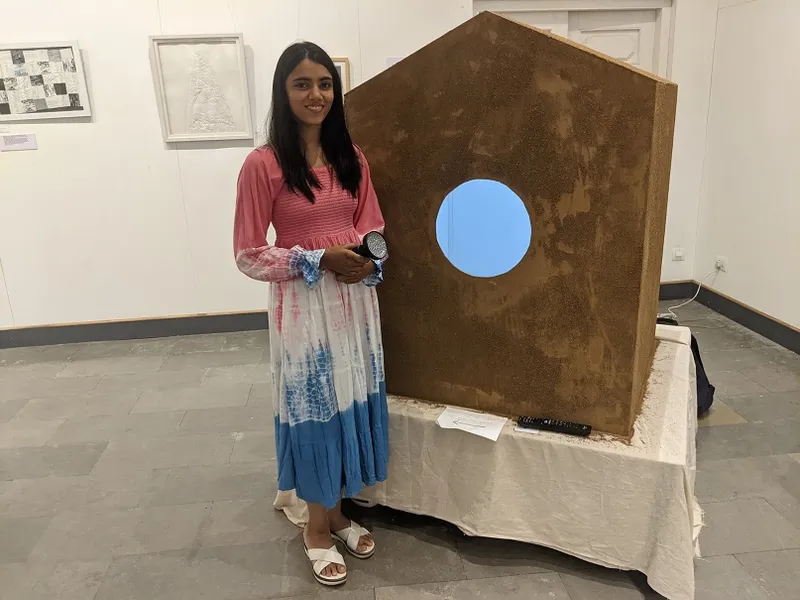
Vidhi Lunia
“In my artworks, I employ invisible ink and stippling techniques with a needle on paper, which itself is a very meditative process,” she says. She acknowledges the support of her mentor, artist Supriyo Manna.
Vaishnavi Rao showcased artworks around the concept of post boxes. “In the 1990s, people had emotional bonding with letters and postboxes. I have been noticing the postbox wherever I go,” she explains.
“Because of social media, we are not writing letters now. I wanted to show the earlier emotional attachment for younger generations,” she says.
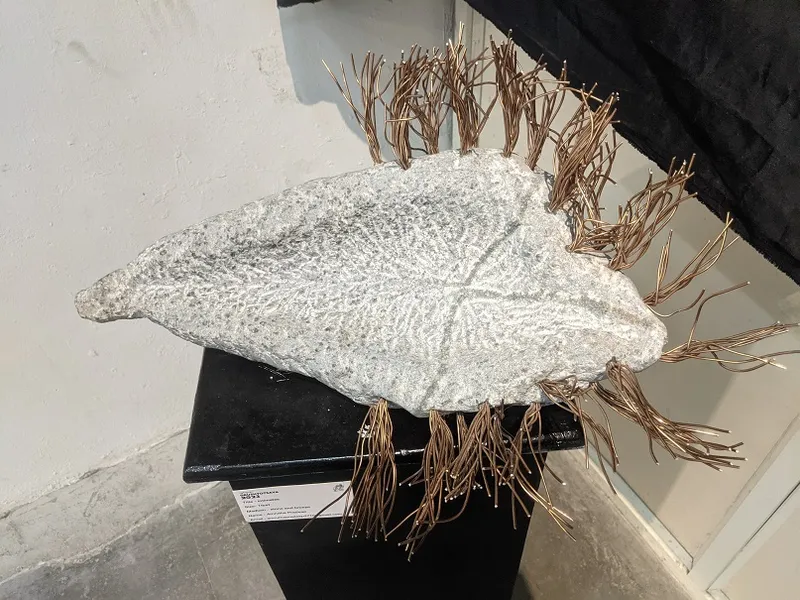
Artist – Amrutha Pradeep
“My work was about women’s vulva – how it differs in context and expresses social and political stances,” Amrutha Pradeep says.
Her works question the social lack of awareness about women’s issues, the importance of consent, and the reduction of women to birthing instruments.
“Art should show a life of its own. It must breathe life,” Pooja Gowda explains. Her works depict the beauty of the cactus using steel vessels, and the ability of nature to regenerate itself.
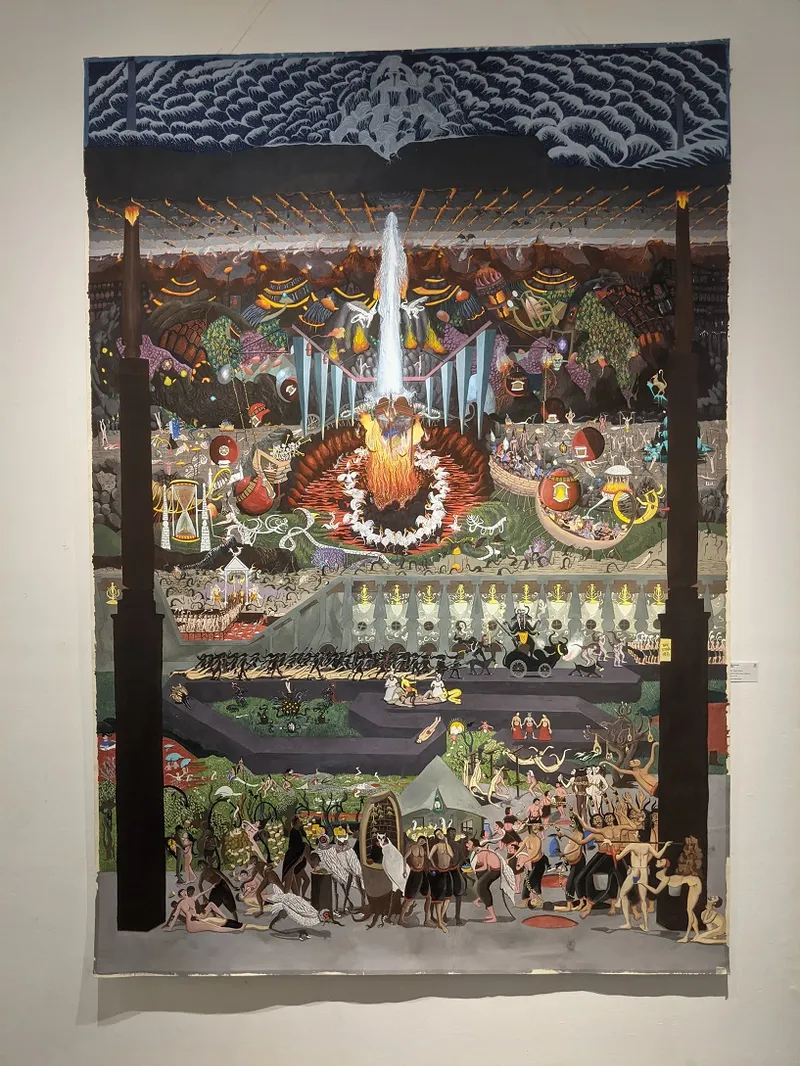
Artist – Aman Kumar
Resilience
The artists also shared insightful messages on interpreting and bouncing from failures. Mistakes and dead ends are part of the artistic journey, but resilience is key to long-term success.
“Artists must embrace failure with humility and focus on the next take. They must learn from mistakes and build on success. Failures often allow us to examine what worked or what didn’t,” Deepesh Deepak Naik says.
“I made many mistakes, but I learned many things from my mistakes. I feel we need to do work every day to get inspired and practice,” adds Vaishnavi Rao.
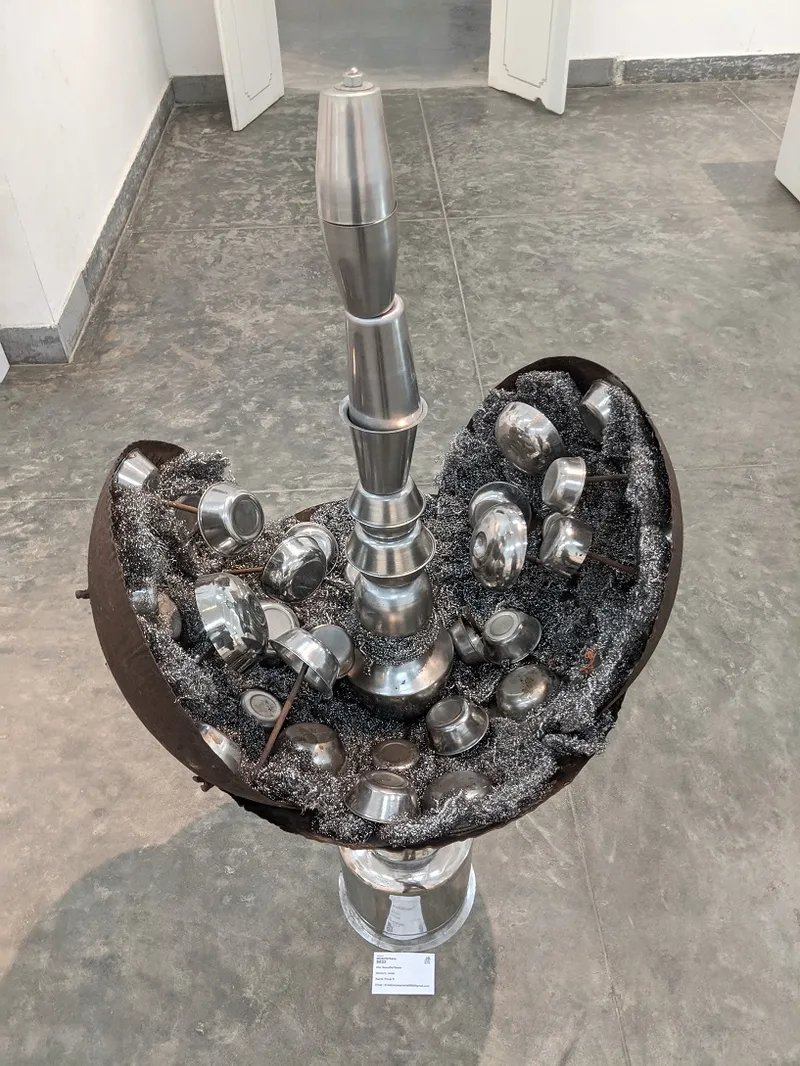
Artist – Pooja Gowda
“I believe that mistakes and failures are crucial for learning and growth. Embracing them with a positive mindset and seeking them as opportunities to improve, I reflect on these experiences, actively seek feedback, and engage in continuous learning,” Vidhi Lunia explains.
“With resilience and perseverance, setbacks become motivation to push forward, constantly refining and creating more work. Ultimately, it is about never stopping to learn and create, and making the most out of every opportunity,” she says.
“Making a mistake is a natural part of life. If you’re like most people, you probably view your mistakes negatively, but they allow you to learn about the limits of your skills, knowledge, and yourself through direct experience. Learning to handle a mistake gracefully and using it to your advantage is a valuable life skill,” Pooja Gowda affirms.
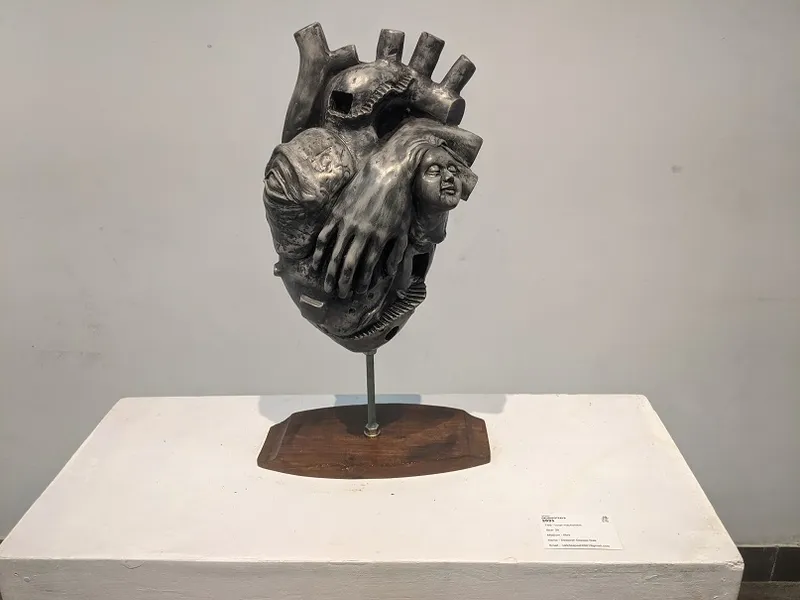
“For artists, mistakes are part of their practice. From the mistake, we come to know what to hold on to and what to leave during the process of making art, such as materials, ideas, or skills,” Aman Kumar says.
“Art does not have one single path, it has many ways of expression. I think failure in art doesn’t make sense–artists just need to explore the different paths through which they can move,” he adds.
“Mistakes and failures will come at every stage when we challenge our creative process to create something, and they add more experience to our practice,” Aman says. He suggests learning from art history to see how styles evolved through adaptation.
“In the process of making art, there is nothing called a mistake. It is a process which evolves from one step to another so, each step we take will help us to grow,” Kumaraguru Arasu agrees.

G Sadhana
Art appreciation
All the artists call for more art appreciation in society through education and visits to museums, galleries and art studios.
“We need to educate people about how art works. Many people in India do not know the value of art. Events can help increase this awareness,” Pooja Gowda suggests.
“People say they don’t understand art. Art education needs to be improved at the primary level. Most art education in India is about craft practice – we should also understand art by reading about its history and visiting museums and galleries,” Aman Kumar recommends. It is important not to make people bored or uncomfortable about art.
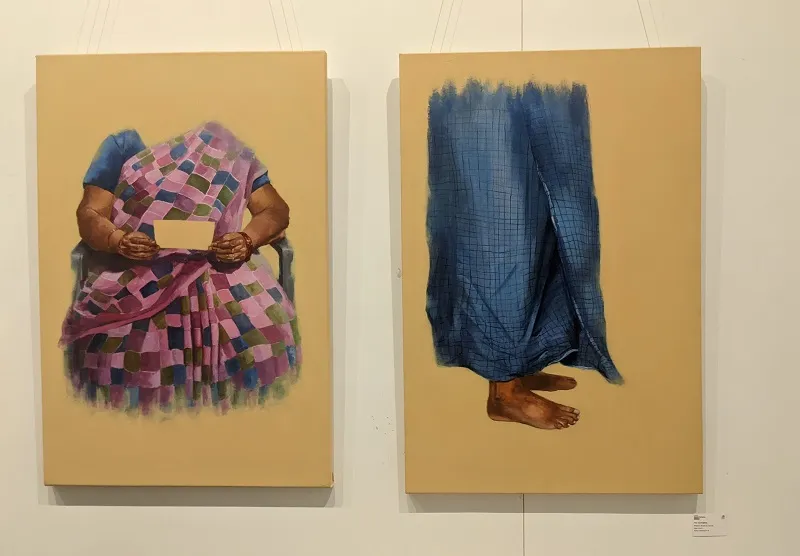
Artist – Vaishnavi Rao
“Art is the basis of history and a visual proof of how society has evolved. Without art education and art history, art will be reduced to décor,” Amrutha Pradeep cautions.
“Art appreciation can be improved by educating people about the ways of making art,” Kumaraguru Arasu says.
Art appreciation can also be improved by educating people about career options in the field of art, Deepesh Deepak Naik adds.

Navya Vivek
Vaishnavi Rao advocates creating a supportive environment for art appreciation. Artist empowerment can create meaningful and impactful works of art.
“There should be respect for art’s essence and cultural significance, exposure to the diversity of art, support for local artists, and awareness of the commercial aspects of art,” she recommends.
“Emphasising the importance of honesty and authenticity in artistic practice allows artists to stay true to their vision,” she affirms.
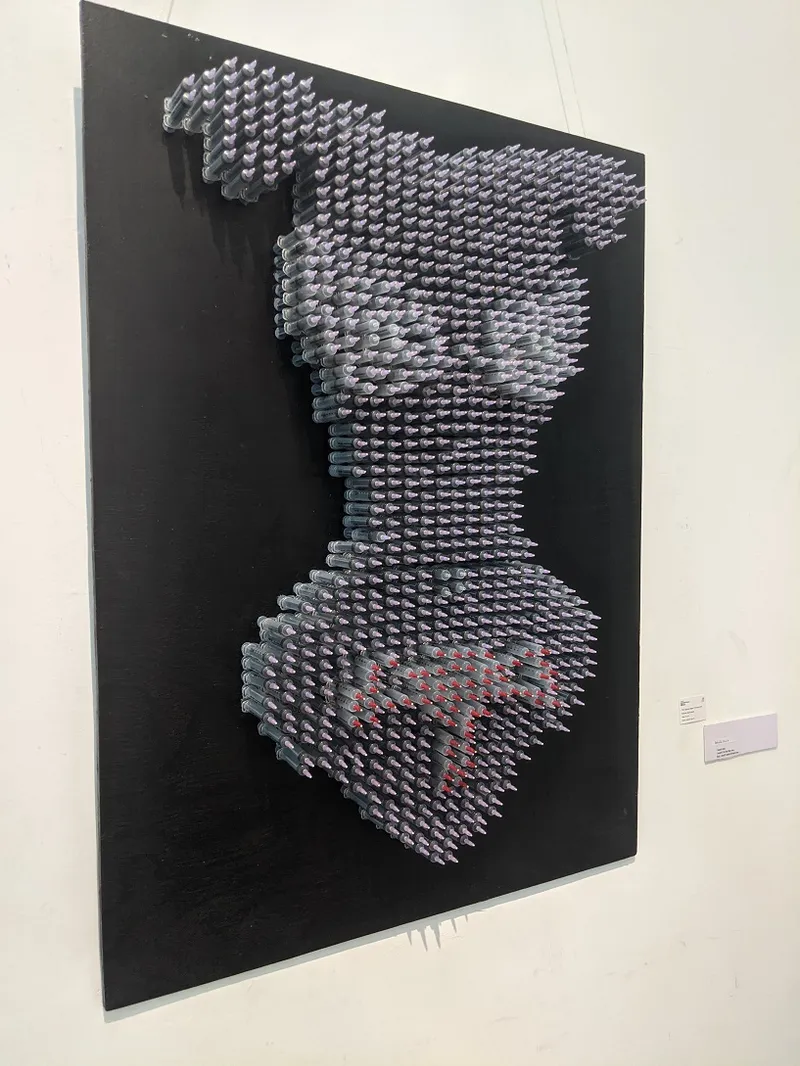
The exhibition experience
Many artists received positive feedback at the exhibition and even suggestions for new directions.
“I got a positive response from the audience for my postbox artwork. They recalled their old days and shared their stories with me. This inspires me to do more work where it connects to many people,” Vaishnavi Rao says.
“Many viewers felt the emotions that I was trying to express through my works,” Deepesh Deepak Naik proudly says.

“Audiences love to narrate their own story while seeing art. They need space for themselves to stand and appreciate art. I came to know what audiences think about art, and how they themselves may have created it. Getting to know the audience through their eyes was a nice experience,” Aman Kumar acknowledges.
“The audience expressed their interest in the intersection of art and science in my work and encouraged me to delve deeper into the subject matter through further research. Some attendees even recommended other artists, books, and movies that could inspire my exploration,” Vidhi Lunia recalls.
Looking ahead, Aman Kumar plans to continue working on the issue of water scarcity in the face of urbanisation, deforestation, and industrialisation.

Vidhi says she will keep researching the relationship between the visible and the invisible. She wants to create dynamic and immersive experiences that challenge the boundaries between the physical and intangible realms.
“I am eager to push the limits of my artistic practice and embrace the exciting possibilities that lie ahead,” she enthuses.
Amrutha Pradeep was pleased with the feedback she got from audiences, which also included compliments from an old grandmother for her choice of theme. She is working on art curation and art consultation for a movie project. “I am also directing an art show with Shobha developers,” she adds.
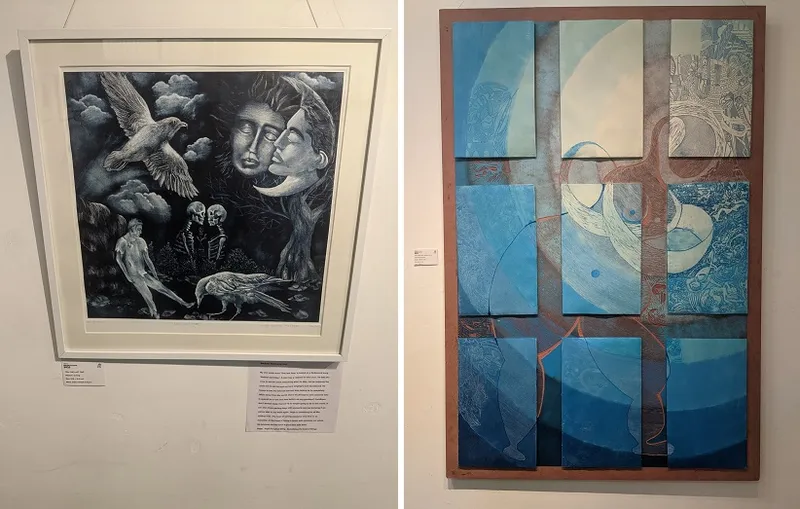
Tips
The exhibitors also offer tips for aspiring artists and creators, ranging from perspective to practice.
“Keep practising and be very truthful to your practice and your identity instead of just following trends. Read a lot to keep your creative scale wider and more open,” Aman Kumar advises.
“Art and the process of art-making should be honest. It need not please everyone, it should talk about the truth you believe in,” Kumaraguru Arasu affirms.
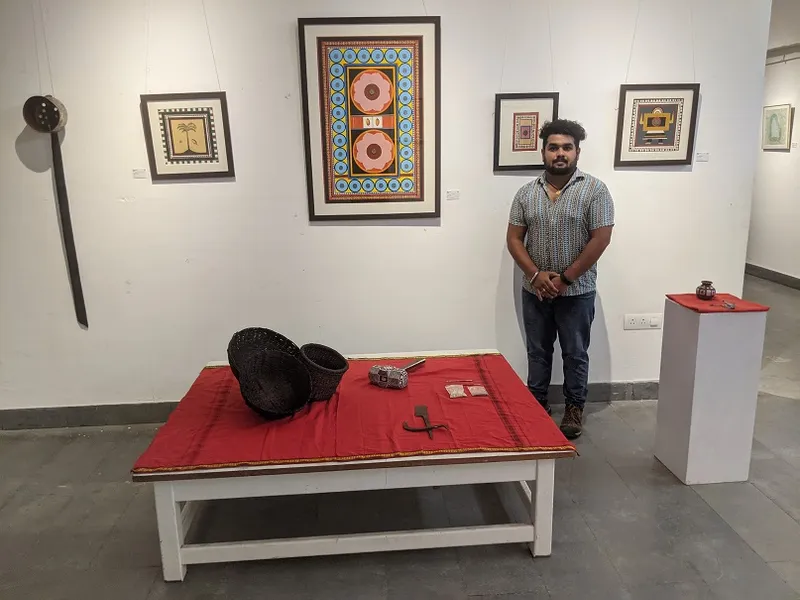
“Prioritise observation and embrace the power of keenly observing the world around you. Keep exploring, learning, and practicing. Find a good mentor who can guide and inspire you on your artistic journey,” Vidhi Lunia advises.
Meaningful conversations help gain different perspectives. “Be honest with yourself and stay true to your own unique voice. Embrace challenges and enjoy the journey,” she adds.
“Learn from art history. Without understanding the past, you can never appreciate or work in the truest sense,” Amrutha Pradeep suggests.
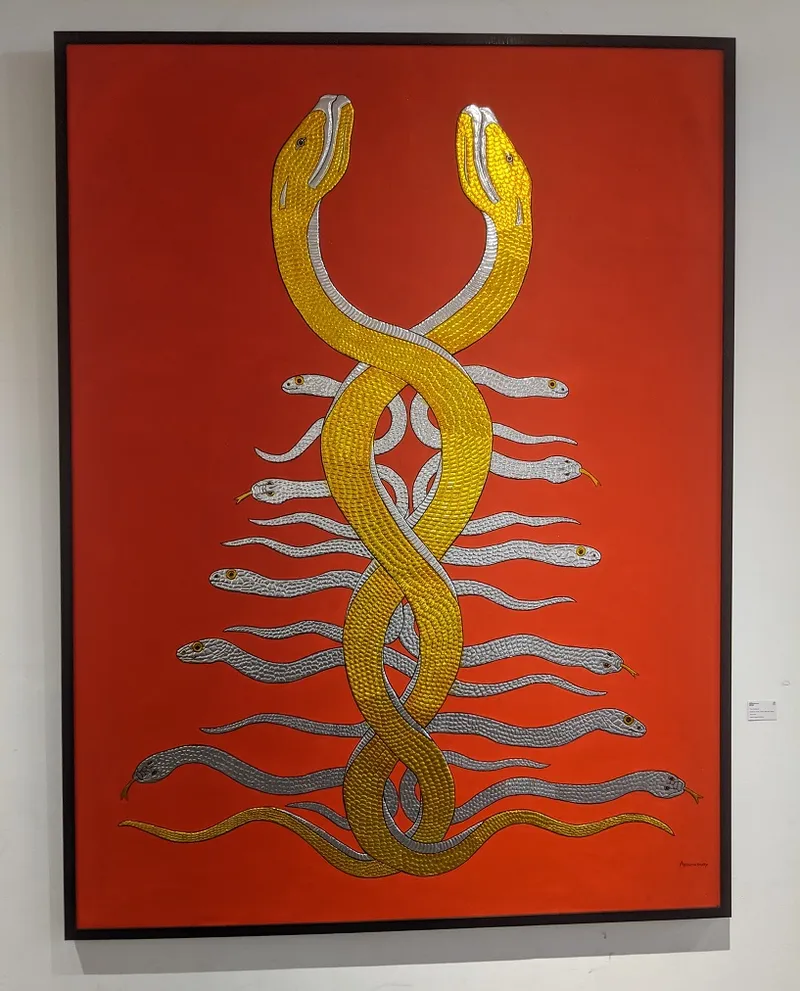
“I think post-COVID, people have more appreciation for art, and I hope this continues. People should stop bargaining with artists for their work, it is disrespectful. Else, all glows in the field of art,” she adds.
“Try experimenting with different kinds of material and mediums. Never give up, especially when faced with failure,” Deepesh Deepak Naik urges. Having conversations with senior artists helps them learn from their experience.
“Apply yourself with your whole heart. Do not heed negative talks. Once you start a work of art, don’t leave it. Have patience – and even if you waste some material, by the end you should know the value of it,” Pooja Gowda signs off.
Now, what have you done today to pause in your busy schedule and find new avenues to apply your creativity?

Artist – Dheekshetha E
(All photographs were taken by Madanmohan Rao on location at the exhibition.)
See also the YourStory pocketbook ‘Proverbs and Quotes for Entrepreneurs: A World of Inspiration for Startups,’ accessible as apps for Apple and Android devices.

